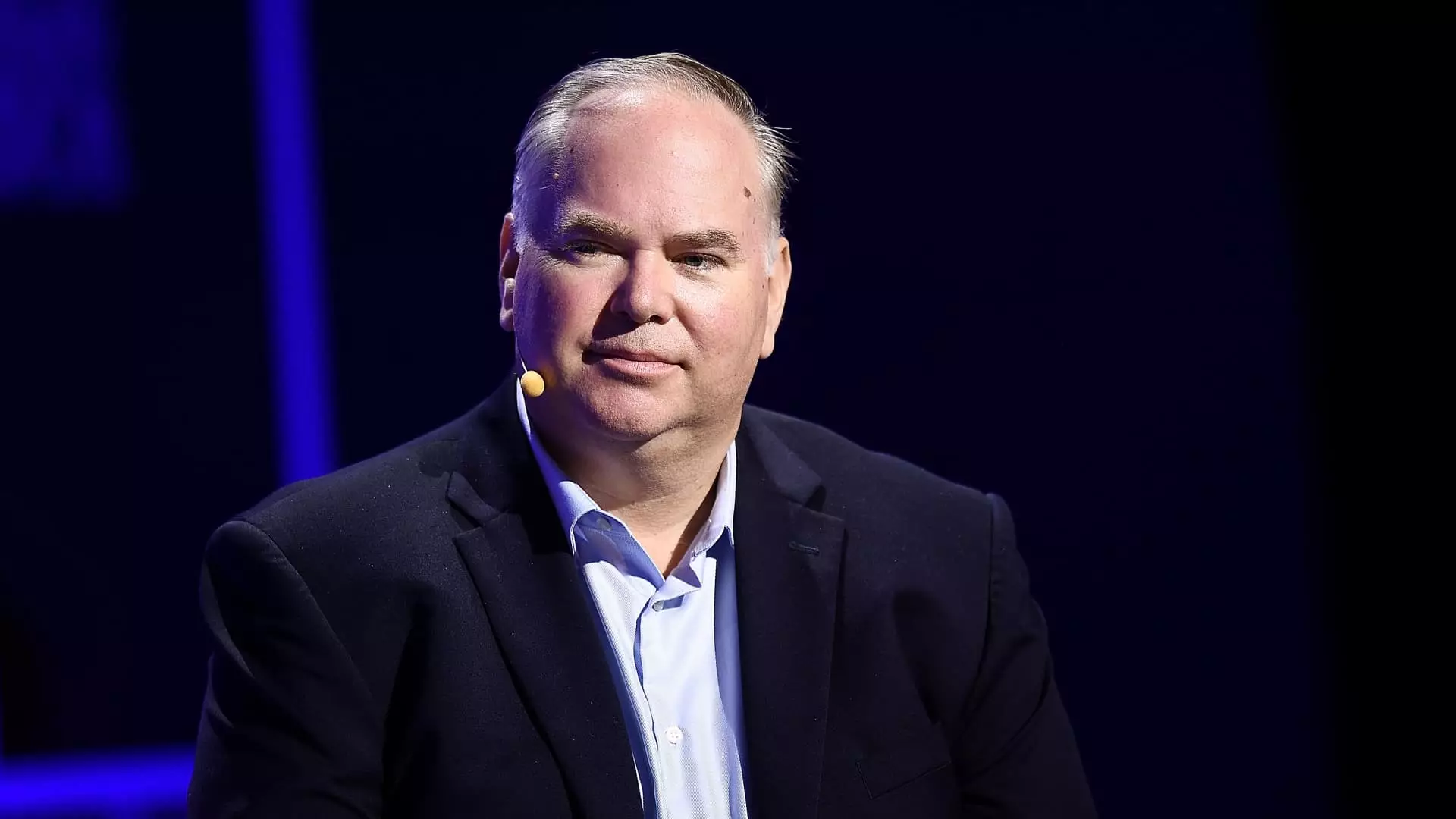The recent sparring between Frontier Airlines CEO Barry Biffle and United Airlines’ Scott Kirby exposes a fundamental misjudgment prevalent among industry giants: the supposed demise of the ultra-low-cost carrier (ULCC) model. Kirby’s assertion that the discount flight sector is dead and that Spirit Airlines will inevitably vanish borders on arrogance, but it also betrays a lack of understanding of market dynamics that continues to favor aggressive, cost-conscious players. In reality, Biffle’s pointed retort—”That’s cute”—not only dismisses Kirby’s bravado but underscores the resilience and adaptability of ULCCs amidst a landscape that large carriers often underestimate.
By positioning himself as the challenger, Biffle encapsulates a core truth: the U.S. airline industry remains in a state of oversupply, especially in the budget segment. Airlines like Frontier thrive precisely because they serve a niche that is paradoxically expanding—the segment of travelers seeking affordability, flexibility, and value. The narrative pushed by legacy carriers that discount airlines will soon face irrelevance ignores the deeper consumer shifts; budget airlines aren’t just surviving, they are evolving to meet varied customer needs—from the ultra-price-sensitive to those seeking luxury add-ons at a low base fare.
Cost-Cutting as a Weapon in a Saturated Market
At the heart of Frontier’s armor are remarkably low unit costs—7.50 cents per available seat mile (excluding fuel)—a figure that starkly contrasts with United’s 12.36 cents in the same period. This stark difference reveals strategic efficiency that grants budget airlines a survival advantage. While United and other legacy carriers attempt to maintain premium services and expansive networks, ULCCs focus relentlessly on operational efficiency. This isn’t just a technical difference; it’s a philosophical one.
Biffle’s analogy—comparing large airlines allowing their customers to buy from Walmart—highlighted that ULCCs are not merely leeching off larger carriers’ capacity; they are deliberately carving out a distinct market segment. They target travelers who seek low-cost options without the frills, but also those who value their travel experience enough to spend on upgrades, hotels, and experiences that complement their flights. This hybrid model, combining ultra-affordability with optional premium services, challenges the tired narrative that low-cost airlines are a declining commodity. Instead, they are the agile fighters in a market that’s desperately clinging to outdated notions of “full fare” travel.
The Illusion of the “Last Man Standing” and the Future of Low-Cost Carriers
Kirby’s warning that Frontier could become “the last man standing on a sinking ship” is rooted in a skewed worldview that equates airline strength with size and network breadth. This perspective neglects the fact that consumer preferences have shifted toward value-driven options that prioritize cost savings and flexibility. A “sinking ship” metaphor assumes that bigger is always better, but in a landscape flooded with oversupply, it’s the leaner, more adaptable carriers that will ultimately outlast the bloated giants.
Furthermore, the recent struggles of Spirit Airlines—bankruptcies, revenue struggles, and an erosion of the ultra-low-cost model—do not signify the failure of low-cost flying but rather its ongoing transformation. Airlines are evolving by adding upscale offerings, bundles, and service options, moving beyond the narrow confines of low fares and fees. In doing so, they are positioning themselves as versatile entities capable of capturing a broader customer base—those seeking the lowest prices when possible but willing to pay for extra value when it aligns with their preferences.
- Among all, it’s vital to recognize that the future belongs to operators who can balance operational efficiency with customer-centric innovation. The old dichotomy—full service versus off-price—is giving way to a hybrid approach.
- Large carriers’ reliance on premium, global networks and branding alone offers diminishing returns in an era characterized by economic uncertainty and shifting consumer priorities.
Ultimately, the ultra-low-cost airline model, far from its demise, is reasserting its dominance by reinventing itself and refusing to bow to outdated assumptions. The industry’s landscape is intensively competitive, but it is also notably resilient—especially for those willing to challenge conventions and adapt swiftly to changing market realities. The battle is far from over, and the real winners will be those who understand the nuanced multiplicity of traveler needs, rather than those blinded by hubris or misjudged dogmas.

